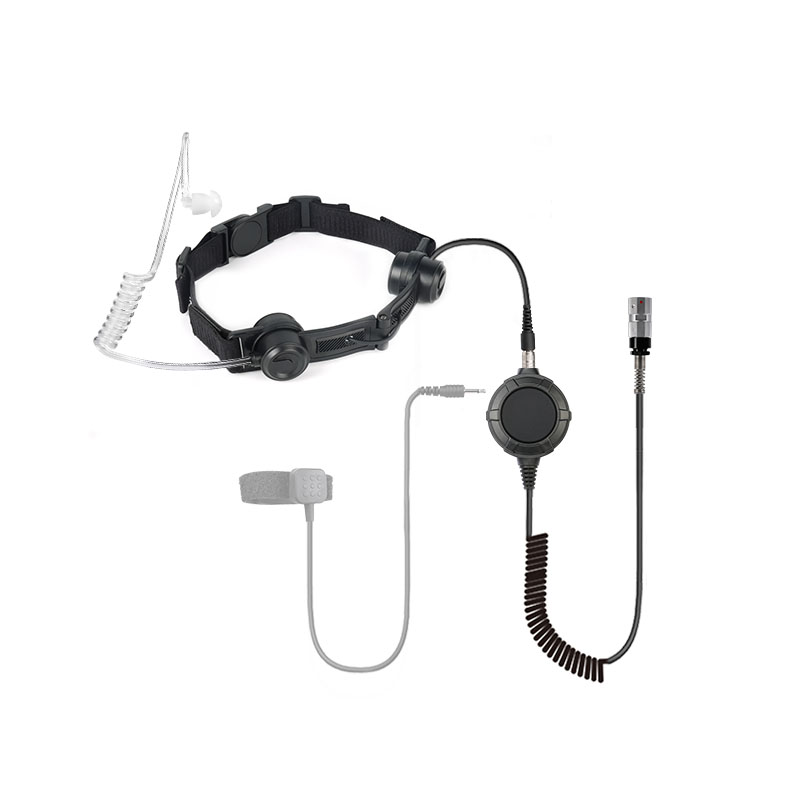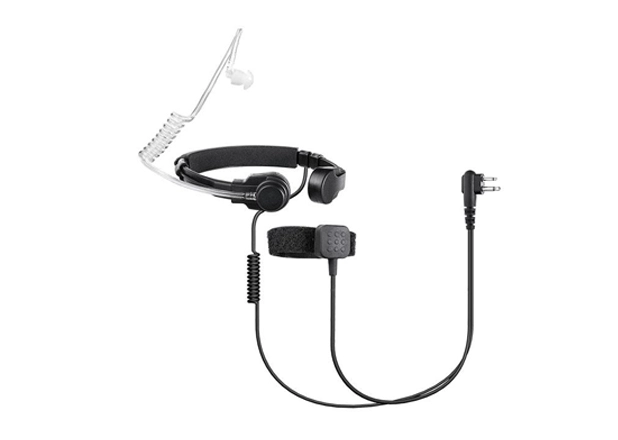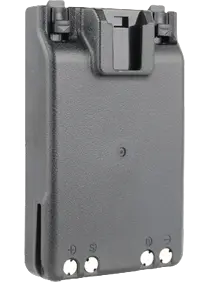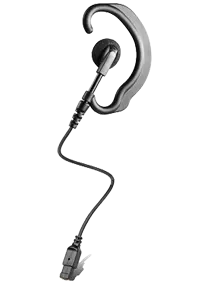Throat mics are most commonly used by personnel in the military, law enforcement, or emergency services. They are ideal for tactical and covert scenarios since they are capable of picking up even whisper-volume transmissions.
For example, special forces use throat mics to communicate discreetly without giving away their location.

The headset throat mic is also popular with crane operators, people wearing hazmat suits, all-wheel-drive operators, amateur airsoft and paintball enthusiasts.
With health and safety regulations at the forefront due to the pandemic, throat mics are the perfect alternative to regular mics and headsets since having a mask over the user's mouth can complicate communications.

Unlike regular microphones, throat microphones pick up the user's voice by placing the mic in close proximity to their throat. This type of the bone conduction mic allows the user to transmit in loud environments and still be heard clearly. Some throat mic models are designed for heavy-duty use, including features for enhanced transmission and adjustable bands for greater comfort.

Specially Speaking, throat mic works by detecting vibrations from the user's vocal cords through a small sensor, which are then converted into an electrical signal and transmitted to communication devices like radios or headsets, ensuring clear, noise-resistant audio in challenging environments.
Vibration Detection: The throat mic consists of a small sensor or transducer that rests against the user's throat, typically near the vocal cords. It detects the vibrations produced by the vocal cords when the user speaks. Unlike traditional microphones that capture airborne sound waves, a throat mic directly picks up these vibrations, which are unique to the person speaking.
Signal Conversion: These vibrations are then converted into an electrical signal by the transducer in the mic. The signal is transmitted to a receiver or communication device, such as a two-way radio, headset, or intercom system.
Throat mics are highly effective in noisy environments. Since they capture vibrations directly from the user’s vocal cords rather than picking up sound from the air, they are less affected by background noise. This makes them ideal for environments like construction sites, military operations, or motorsports, where traditional mics may struggle to filter out background sound.
By isolating voice vibrations, throat mics ensure precise and clear audio transmission, even in chaotic environments. This direct method of capturing speech ensures that the intended message is delivered without distortion from external noise.
Designed for effortless communication, throat mics free up users’ hands for other tasks. This is particularly useful for professionals like soldiers, emergency responders, or industrial workers who need to stay connected while maintaining mobility and focus on their work.
Lightweight and compact, throat microphones are designed for comfort and subtlety. Their discreet profile makes them perfect for long hours of use, and they’re well-suited for covert operations where visibility needs to be minimized.
Durability is a key feature of throat mics. Made to withstand tough conditions, these devices endure extreme weather, physical wear, and rough handling, ensuring long-lasting performance in demanding environments.







